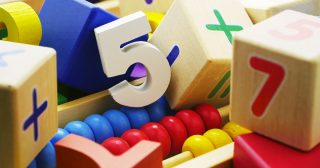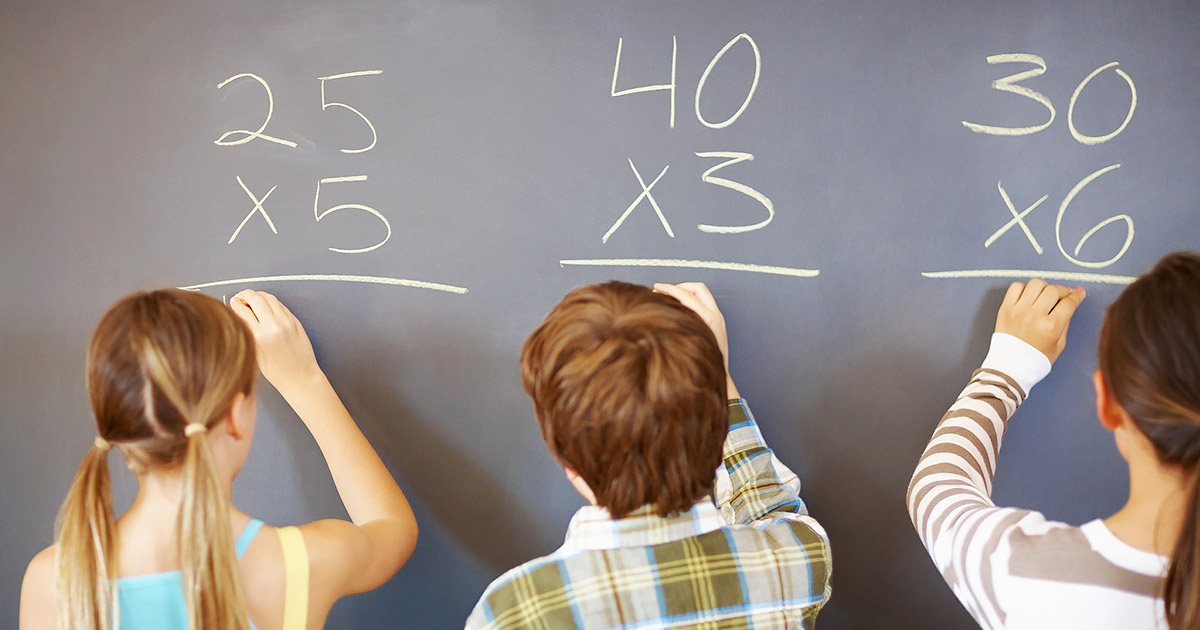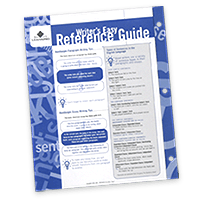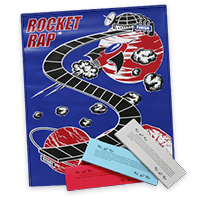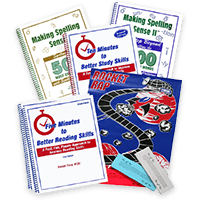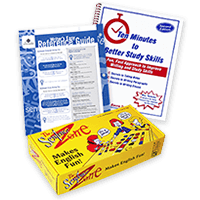Number Sense is Key to Learning Multiplication Facts
May 9th, 2017Learning and mastering multiplication facts is a common problem for many students. This is especially the case when one has dyscalculia (a math disability similar to dyslexia). Poor retention of multiplication facts can be due to poor auditory memory, poor visual memory, or poor number sense.
Number sense comes into learning and retention of multiplication facts in two different areas: The area of counting (by 2’s, 3’s, 4’s, and so on) and proportions (twice the size, three times the size, half the size, etc.) Doing concrete activities and counting activities will improve your ability to understand and retain your multiplication facts. Additionally, the awareness of patterns is closely related to number sense. Pattern awareness involves a basic understanding of rules and patterns that exist in math. For example, the ability to recognize odd and even numbers is pattern awareness. Basic rules that exist would be knowing that multiplying a number by zero is zero, while multiplying a number by 1 is the original number.
So… What do you do to help your students retain their multiplication facts?
Pairing the facts with both auditory and visual cues will help your students retain them. In other words, have your kids say the facts aloud while they are writing them. There are a variety of activities that you can do to help facilitate this.
- Only work on 2 fact families at a time. (For instance work on the 2’s and 3’s and then, when they are good at the 2’s, drop off the 2’s and continue to work on the 3’s and add the 4’s. when they are really good with the 3’s, drop off the 3’s, continue to work on the 4’s and the 5’s, and so on.)
- When working on each set, do them in order first, about 3 times during each session, then you can mix them up. It is important to the student’s memory retention to see the connections in sequential order.
- You may want to play catch or bounce a ball back and forth saying 3 x 1 is __; 3 x 2 is ___; 3 x 3 is___ and so on, again concentrating on two fact families only. Do that in sequential order several times before mixing them up. Doing this adds a tactile/kinesthetic component to the mix which will help cement the facts into the memory bank.
- You may also want to add some other ‘gross motor’ activity such as jump rope. While jumping or skipping rope, say the fact families.
Play The Math Zone for calculation practice and use the BT Easy Math Reference Guide for additional math tips… it’s the ultimate cheat sheet for any math assignment.
For step-by-step math instruction that includes number sense lessons as well as all basic math skills, see our ASW Math Program.
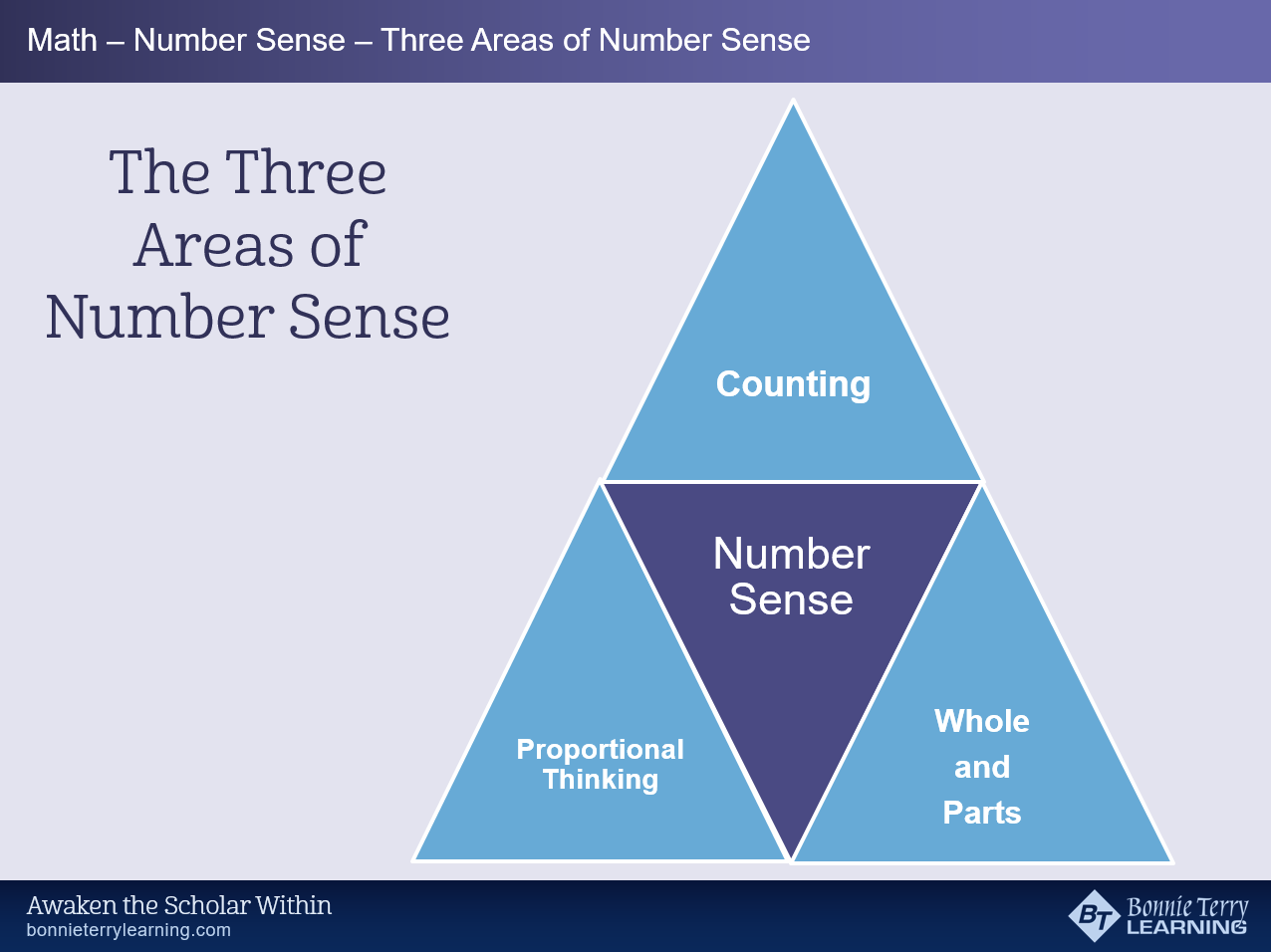

Bonnie Terry is a Board Certified Educational Therapist and internationally recognized as America’s Leading Learning Specialist and the founder of BonnieTerryLearning.com. Terry is an expert in developing learning programs that target how people learn through the visual, auditory, and tactile/kinesthetic processing systems. Terry coaches teachers and parents so they can give their child a 2 to 4-year learning advantage in just 45-60 minutes a day. She is a frequent media guest and speaker.
